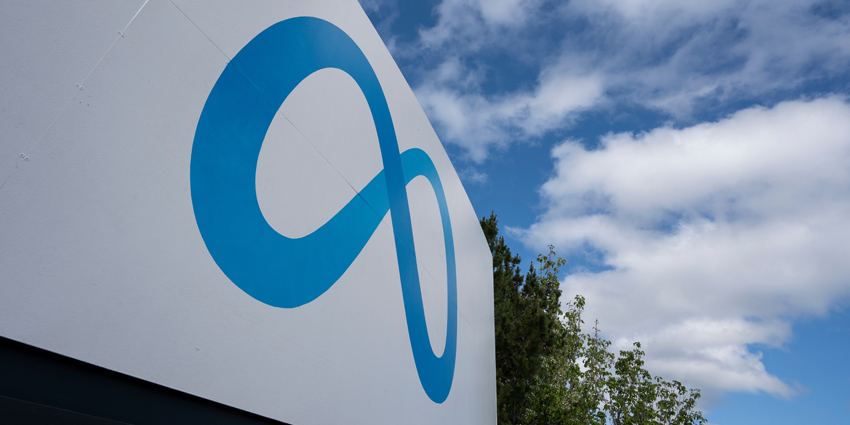Following previous concerns over Meta’s OS development, Meta’s ex-CTO, John Carmack, explained his opposition during the development of the Quest Pro device, a workplace-focused solution that leverages MR interactions. The Pro headset came out with the Quest 3 MR headset, which offers a limited but similar experience at a lower price,
In an X Post, Carmack stated:
I tried hard to kill the Pro completely, I had very high confidence that it would be a commercial failure and distract the teams for a year, preventing them from doing more valuable work on mass market products. Still, to be fair, you can’t really compare the wired PSVR2 with standalone Quest Pro.
This is a fair assessment from Carmack, seeing as the Quest Pro headset has not launched into the enterprise space like other headsets. However, the device has presented MR spatial productivity applications before and is priced similarly to Apple’s Vision Pro but without as much of a splash.
Although Carmack acknowledges Meta’s lead on VR gaming, noting how Sony’s recent PSVR 2 headset is not up to the same standard as a Quest Pro. The device has impressive specs and potential use cases. However, adoption is slow. Meta may introduce more updates for the Pro device at Connect 2024 later this year; on the other hand, the firm is boosting Quest usage in education via a new solution debuting later this year.
Carmack Concerned Over Open OS Approach
Earlier this month, Carmack also expressed concern over Meta’s recent move to allow third-party developers to create applications for its XR products by opening up its Meta Horizon OS. This move harkens to Android-esc XR OS to compete with Apple’s approach to its closed ecosystem. Therefore, this will allow a more comprehensive range of applications to reach the Quest product portfolio.
Carmack stated:
VR is held back more by software than hardware. This initiative will be a drag on software development at Meta. Unquestionably. Preparing the entire system for sharing, then maintaining good communication and trying not to break your partners will steal the focus of key developers that would be better spent improving the system. It is tempting to think this is just a matter of increasing the budget, but that is not the way it works in practice – sharing the system with partners is not a cost that can be cleanly factored out.
Carmack also explained that allowing development partners to access the full Horizon OS for standard Quest hardware “could be done very cheaply and would open up many speciality applications and location-based entertainment systems, but that would be a much lower key announcement.”
Carmack also noted that “Meta already sells the Quest systems basically at production cost, and just ignores the development costs,” so, therefore, Meta open Horizon OS won’t “result in cheaper VR headsets from other companies with Quest equivalent capabilities – even if the other companies have greater efficiency, they can’t compete with that.”
Carmack continued:
What it [Horizon OS] can do is enable a variety of high-end “boutique” headsets, as you get with Varjo, Pimax, Bigscreen on SteamVR. Push on resolution, push on field of view, push on comfort. You could drive the Apple displays from Quest silicon. You could make a headset for people with extremely wide or narrow IPD or unusual head/face shapes. You could add crazy cooling systems and overclock everything. All with full app compatibility, but at higher price points. That would be great.
Furthermore, the well-known developer mentioned that the new operating system brings tension. Carmack explains, “Meta as a company, along with individual engineers, want to be at the forefront of developing top-notch, high-end equipment. If Meta relinquishes the ‘simple scaling’ aspects to other headset developers, they will be forced to solely focus on developing new, innovative hardware systems from the research pipeline for their high-end systems, which could lead to poor decision-making.”








